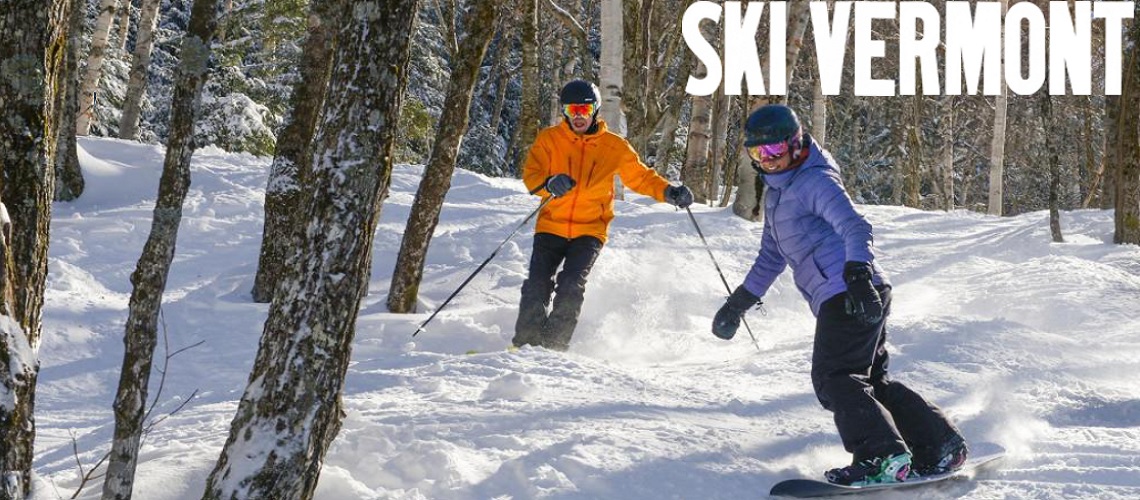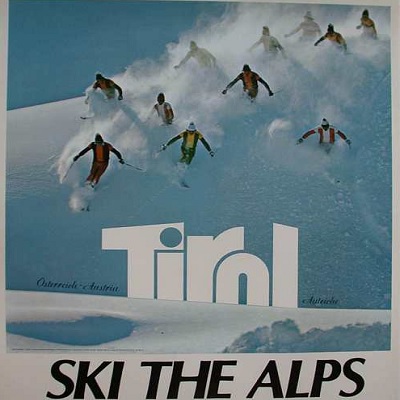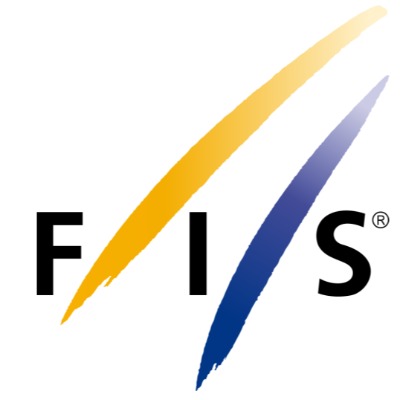Vermont’s Ski Industry Reports 6.5% Business Rebound For 2021-22 Winter Season

Alpine and Cross-Country ski areas, supporters and friends of Vermont’s ski industry gathered at Sugarbush Resort for the Vermont Ski Areas Association’s 53rd Annual Meeting on June 8th and 9th. For the first time in two years ski area members, associate members, partners and sponsors were able to recap a successful ski season in person.
Despite the lingering effects of the ongoing pandemic, this season Vermont ski areas reported an additional 230,000 skier visits, which is an increase of 6.5 percent over the 2020-21 season. While the total of 3.76 million skier visits is six percent below the Vermont’s 10-year average, Vermont’s rebound outpaced the Northeast region’s four percent growth. This suggests that Vermont was successful in recapturing many skiers and riders unable to visit during the 2020-21 season due to Covid-related travel requirements and the closure of the Canadian border. While the Canadian border was open for most of this past season, Covid testing requirements continued to complicate travel to the US and Vermont for Canadian skiers, resulting in fewer visits from north of the border. Skier visits are the standard measure of business in the industry and a skier visit is defined as one person skiing or snowboarding for one day.
Early season weather presented challenges for snowmaking operations, limiting the amount of terrain open during the early season, the Christmas-New Year’s holidays and into January. Variable weather over the course of the season led to low snowpack heading into March, and ski areas also saw low snowfall during March, historically one of Vermont’s snowiest months. Despite below-average snowfall, several areas were able to extend their seasons thanks to powerful and efficient snowmaking systems. Both Jay Peak and Sugarbush skied into May and Killington again offered the longest season in the East, being the first to spin its lifts on November 5th, 2021 and the last to wrap up the season on June 5th, 2022.
Ski Vermont’s 29 cross-country ski area members benefitted from increased interest in outdoor recreation again this season, reporting 350,000 skier visits for the 2021-22 season. This is an increase of 5.2 percent over pre-pandemic numbers and continues a trend of increasing business this decade.
The meeting’s keynote speaker, Dr. Jude Smith Rachele of Abundant Sun; along with Weiwei Wang Director of Development for the Vermont Professionals of Color Network, and a guest discussion panel were a continuation of the industry’s efforts to recognize, understand and begin to address the barriers to snow sports that many communities have historically faced. Attendees also heard remarks from Agency of Commerce and Community Development Secretary Lindsay Kurrle, Lieutenant Governor Molly Gray and National Ski Areas Association President Kelly Pawlak.
Industry achievement awards were given to Barbara Ann Cochran, Olympic Gold Medalist and longtime ski school director at Cochran’s Ski Area; and Diane Whatley, Stratton Mountain Resort’s director of marketing and sales for her 37-year career with the resort.
“Vermont’s ski industry has faced monumental pandemic-related challenges over the past few seasons, but our ski areas have shown incredible perseverance, resourcefulness, and resiliency in continuing to offer the skiing and riding experience for which Vermont is renowned, said Ski Vermont President Molly Mahar. “Even with last winter’s inconsistent weather, we still saw a solid rebound in business. Our member areas are committed to providing guests with the best possible experience, and as an industry we’re also working to address the barriers keeping would-be skiers from the sport.” Other important issues facing the ski industry are climate change, workforce development, housing, and long-term growth of snowsports.
Skiing in Vermont is a $1.6 billion industry annually, and an important economic driver in rural areas of the state where many ski areas are located. Ski Vermont’s Fifth Grade Passport helps to get approximately 3,000 children on the slopes annually and proceeds from the program support Vermont Adaptive Ski and Sports and the Working Lands Enterprise Initiative.













